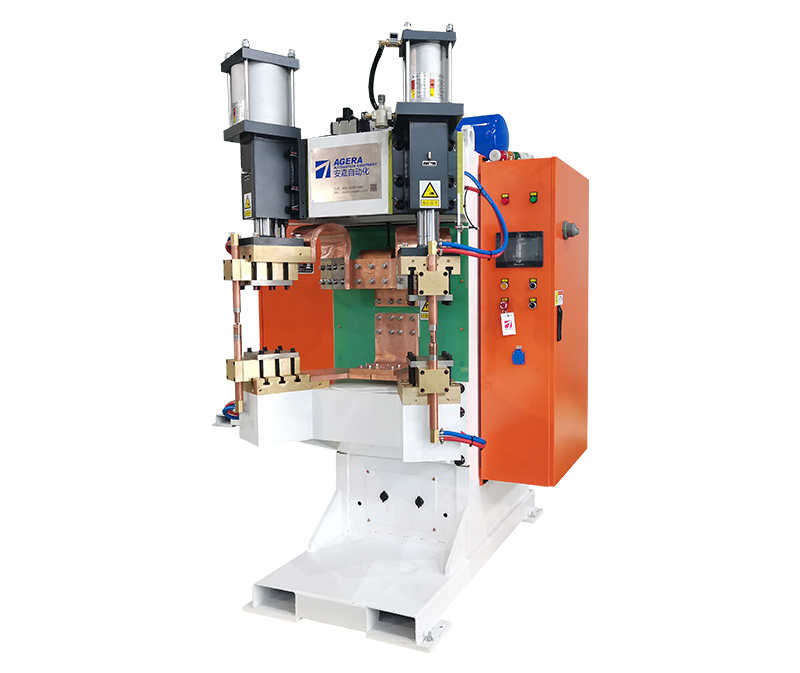Introduction to the Electrical Heating Stage in Nut Spot Welding
The electrical heating stage is a critical phase in the process of nut spot welding, where electrical energy is utilized to generate heat at the joint interface. This article provides an in-depth overview of the electrical heating stage in nut spot welding, highlighting its significance, procedure, and impact on the welding process.
- Understanding the Electrical Heating Stage: The electrical heating stage involves the application of electric current through the workpieces, causing localized heating at the joint interface. This phase is essential for achieving the necessary temperature to initiate material fusion and joint formation.
- Importance of the Electrical Heating Stage: The electrical heating stage plays a pivotal role in nut spot welding:
- Temperature Elevation: Controlled electrical heating raises the temperature at the joint interface, allowing for material softening and fusion.
- Metallurgical Bonding: Adequate temperature ensures proper metallurgical bonding between the workpieces, creating a strong joint.
- Material Flow: Elevated temperature facilitates material flow and intermixing, promoting the creation of a sound weld.
- Procedure of the Electrical Heating Stage: a. Electrical Current Application: An electric current is passed through the workpieces by the electrodes, generating heat. b. Joule Heating: The electrical resistance within the workpieces produces heat due to the Joule effect, raising the temperature. c. Material Softening: The elevated temperature softens the materials, making them malleable and facilitating material flow. d. Fusion and Nugget Formation: As the temperature reaches the appropriate level, material fusion occurs, leading to the creation of the nugget.
- Impact on Welding Process: The effectiveness of the electrical heating stage directly affects the quality of the weld:
- Properly controlled heating ensures sufficient material softening and fusion.
- Inadequate heating may result in weak joint formation or incomplete fusion.
- Excessive heating can lead to material burnout, expulsion, or electrode damage.
The electrical heating stage is a crucial aspect of the nut spot welding process, enabling controlled temperature elevation and material fusion. By understanding the significance of this phase and executing it accurately, manufacturers can ensure the creation of strong, durable, and reliable joints. Proper electrode alignment, controlled current application, and vigilant temperature monitoring contribute to achieving optimal results during the electrical heating stage.
